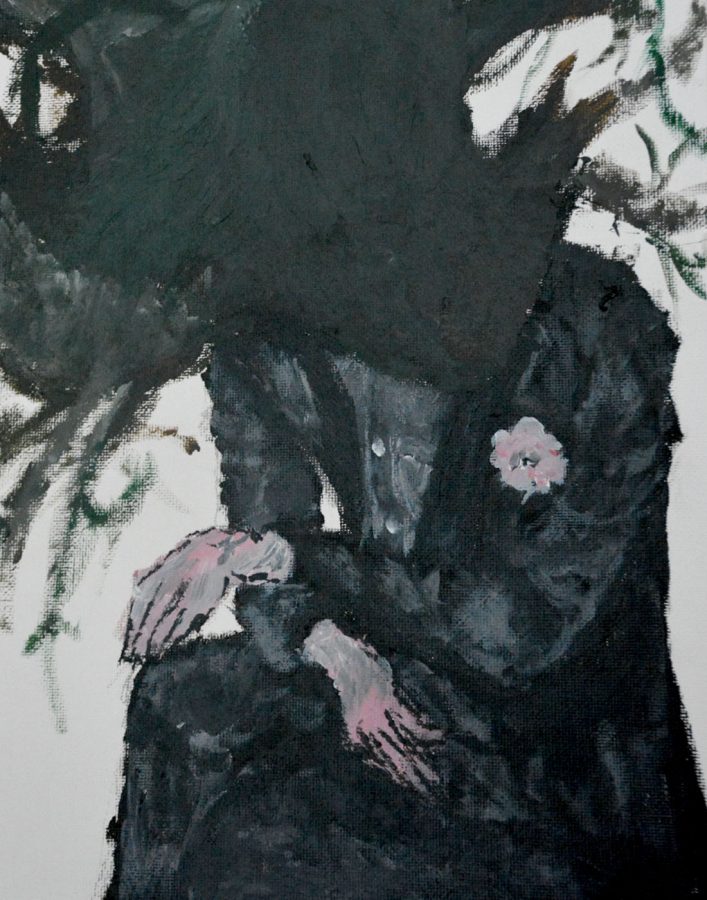SADness at an all-time high
November 15, 2017
Sadness is a trap door that some fall into at one point or another. However, teenage depression has been on the rise in America, and depression comes in all shapes and sizes. From mild to severe, temporary to lifelong, or genetic to induced, most people are likely to experience some form of depression at some point in their life. Now that depression’s favorite season is coming near, it is important to spread awareness of depression and discuss one specific type that flourishes in the winter months – Seasonal Affective Disorder.
Minnesota is a primary victim of seasonal affective disorder, as it is positioned 3,111 miles away from the equator. With gray skies and dropping temperatures, it’s no wonder why some people catch the winter blues. Dr. Charles Shulz, head of psychiatry at the University of Minnesota, said, “We do know from epidemiology studies that seasonal affective disorder is about 11 percent of the population in Minnesota. It does have a lot to do with the really short days that we have. It’s a real environmental factor.”
Mayo Clinic defines Seasonal Affective Disorder (SAD) as a type of depression that comes around the same time each year, typically in the winter months. Symptoms include having low energy, loss of interest in activities once enjoyed, problems with sleeping (too much or too little), change in appetite or weight, difficulty concentrating, feeling sluggish, agitation and feeling hopeless, worthless, guilty or depressed. Complications linked with SAD include: social withdrawal, school or work problems, substance abuse, eating disorders and suicidal thoughts or behaviors. OHS counselor, Mrs. McKay, said, “We do see symptoms of SAD show up in students at OHS fairly regularly. We only know about the kids we meet with, but I’m sure there’s plenty more students here dealing with symptoms at home.” Mayo Clinic said, “The cause of SAD could be due to the decrease in sunlight, which messes with the biological clock and causes a drop in serotonin levels. It could also be caused by a change in melatonin levels due to the season change.” These affect the body’s sleep pattern and moods.
While prevention of depression is key, some may be past that point. The Owatonna Senior High counseling department or other staff would listen to any student, or staff member, who voices their needs/concerns. Mrs. McKay said, “We support kids by meeting with them and also offering assistance for kids with 504’s.” A 504 plan is an accommodation form for a student with a medical diagnosis of a mental health disorder. All needs of the student would have to be met in the classroom. For example, if a student is diagnosed with anxiety, their 504 may allow them to leave class and visit with a counselor until they are calm.
Academic Support has been a place where OHS is working with kids who deal with mental illness. The counselors offer groups for anxiety, depression and stress management every week during Academic Support, and it is open to the whole student body. Approximately 160 kids have received help from these classes each week. Mrs. Berdan, an OHS counselor says, “We have a pretty consistent group of kids coming to these groups year round. Out of all the kids, we meet with them outside of the groups. It’s hard to estimate what percentage of them have depression without an official diagnosis. Although, I feel like a large portion of students here (at OHS) have some form of depression.” OHS also offers a yoga class every Friday to help students relax and prepare for their day. If uncomfortable speaking to someone at school, there is a list of hotlines below. Mrs. Berdan said, “I love that we have these programs to help kids because just in the past few years, I’ve seen the number of kids with depression and other mental health issues skyrocket.”
If these symptoms sound familiar, nobody is alone. Familydoctor.org says about 5% of Americans have SAD, while around another 15% have a more mild version of it. SAD is more common in women than men. It is most common in teenagers and young adults, and the risk of SAD decreases as the body gets older. People with a family history of SAD or a previous diagnosis of depression or bipolar disorder will have symptoms worsen in the late fall/winter months. Luckily, all the searching for ways to combat against it have been completed and help can be found at OHS.

